Since you’re on this page, you probably already know how important eating according to your individual needs is to the success of your long-term health. Which is why it goes without saying that it's exceptionally important to learn how to effectively start and manage a puréed food diet in a way that supports wellbeing being practical and sustainable.
Without a plan, you'll find yourself experiencing a number of problems such as malnutrition and poor absorption of nutrients, unhealthy weight loss, and increased risk of aspiration.
Most people know that proper nutrition can help them maintain a healthy weight. But the benefits of good nutrition go beyond weight.
Good nutrition means getting all the nutrients, vitamins, and minerals your body needs to work its best, which is why we strive to eat a healthy balanced diet.
But what happens when there is a loss of appetite or difficulty swallowing or chewing?
In this case, a puréed food diet is an excellent, tasty, and healthy alternative that when followed by recommendation of a dietitian, can cover the necessary nutritional needs, prevent malnutrition, and decrease the risk of choking.
But what is puree food, and who needs to adhere to this type of diet?
Let's take a look into everything a puréed food diet for adults entails:
- What is a puréed food diet?
- What types of foods can be pureed?
- Who needs puréed food?
- What is Dysphagia?
- How to ensure a balanced puréed diet?
- How to adjust to a puréed diet?
What is a Puréed Food Diet?
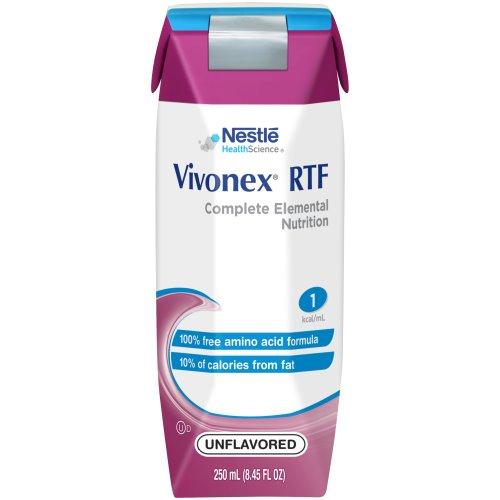
Puréed food is a softer, thinner, and easier-to-swallow way of preparing and ingesting foods. Foods in puréed form need very little or no chewing at all to swallow, such as soft foods like mashed potatoes, puréed fruit, cottage cheese, or pudding-like consistencies.
A puréed food diet is a specific meal plan designed to ensure that every meal is safe to chew and swallow and includes the proper calorie intake and nutritional composition for your individual needs.
Along with the puréed meals, it's important to stay hydrated. The goal should be to drink 8 (8-ounce) glasses of water a day. However, talk with your doctor or dietitian to find out if drinking more or less liquid would be right for you.
What Types of Foods can be Pureed?
If all you can think of by now is applesauce and baby food, then think again.
There are many ways to make mealtimes delicious with a puréed food diet.
Experiment with recipes at home with a simple food processor or explore a wide array of pre-made puréed foods that will make your taste buds dance and save you a trip to the grocery store.
Here's a list of foods that can easily be transformed into a puréed meal:
Vegetables:
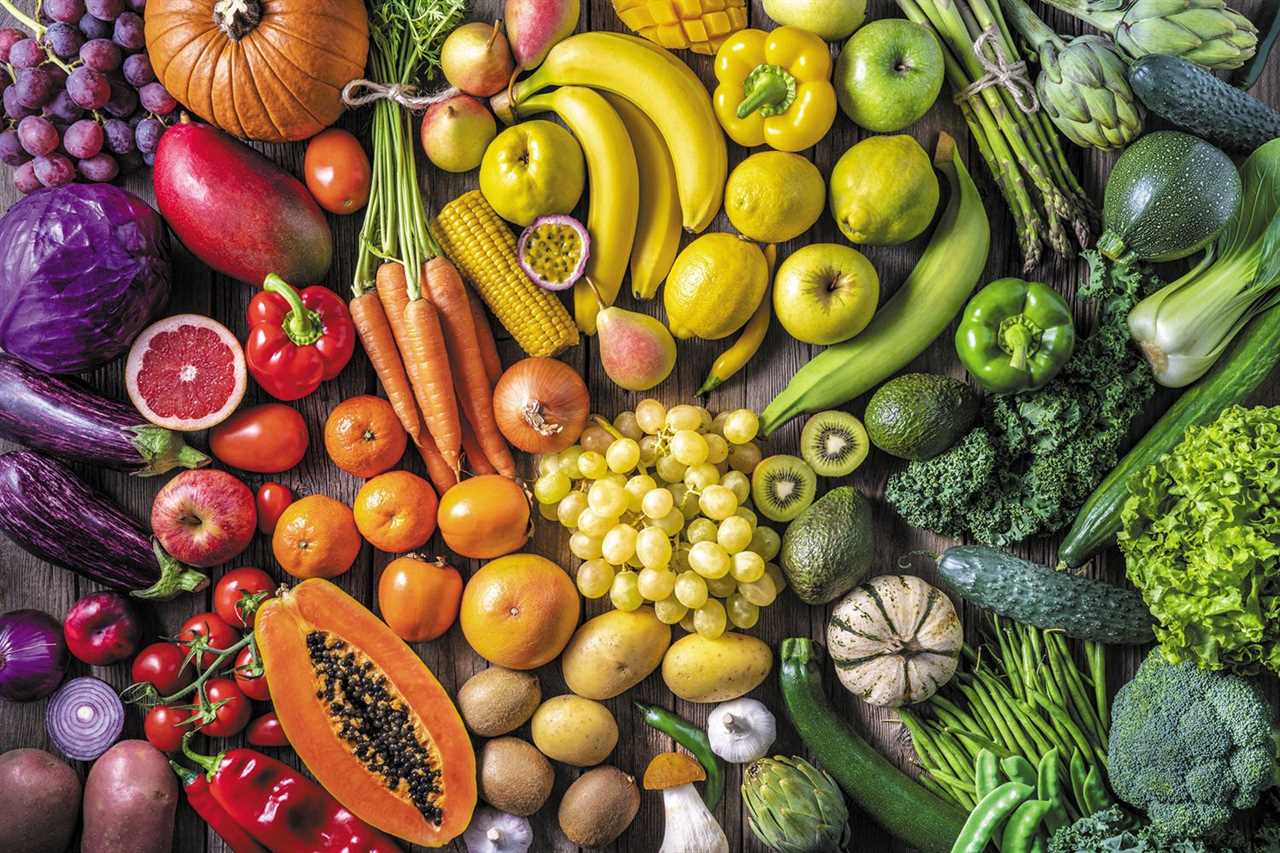
One of the easiest ways to prepare your favorite veggies is to peel the skin and remove the seeds, cut them into small pieces, cook them until tender, and blend them into soups. For example, you can use sweet potatoes, green beans, beets and add more taste with your preferred seasonings and condiments.
Fruits:
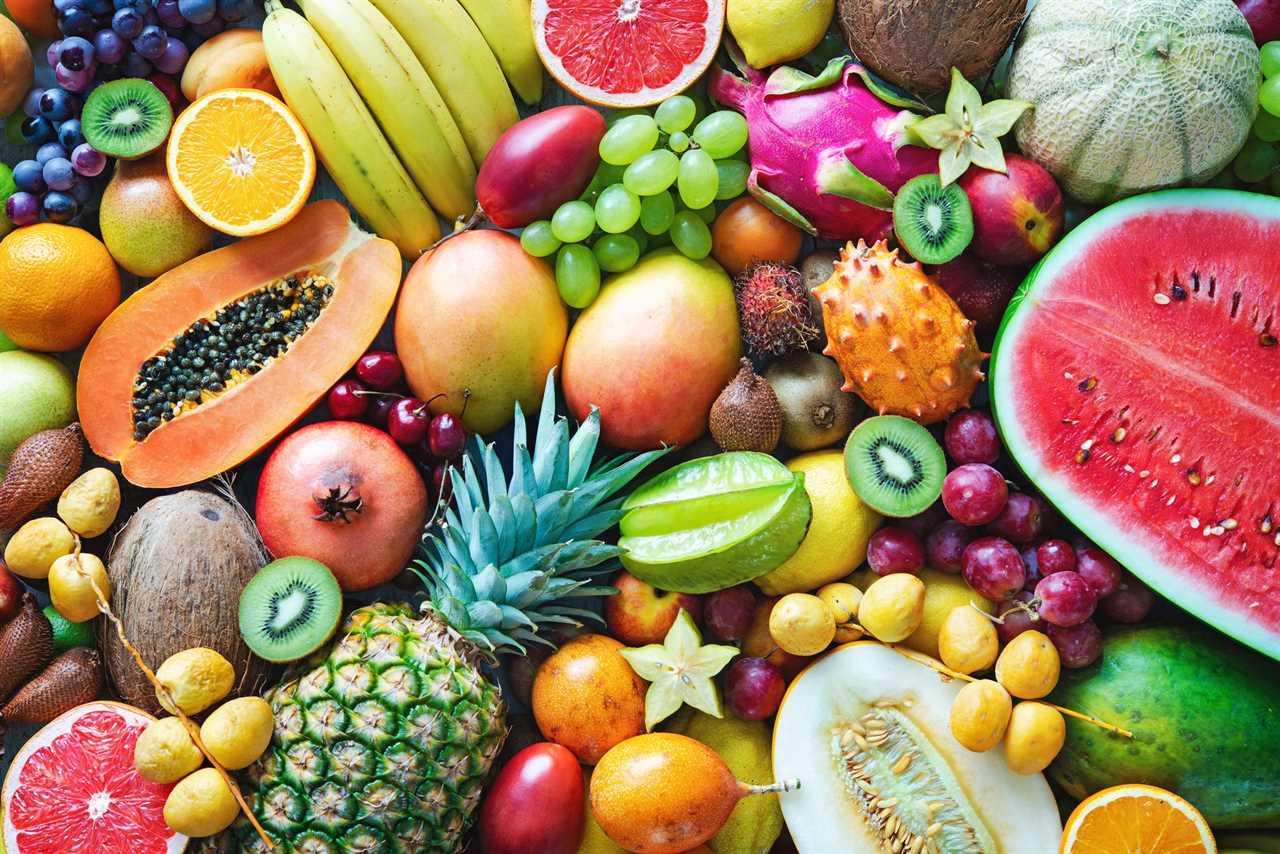
Well blended smoothies are excellent sources of vitamins and minerals. Just make sure you remove the core, skin, and seeds of all fruits to ensure a safe and smooth consistency. You can also add protein powder to your blends to enhance your protein intake.
Dairy:
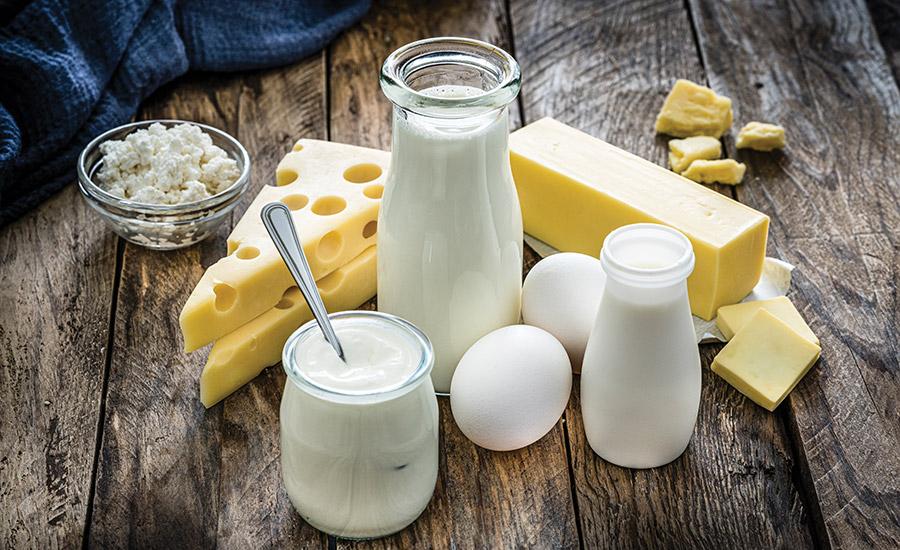
Dairy products like greek yogurt , sour cream, and skim milk are great alternatives for those with swallowing problems.
Legumes:
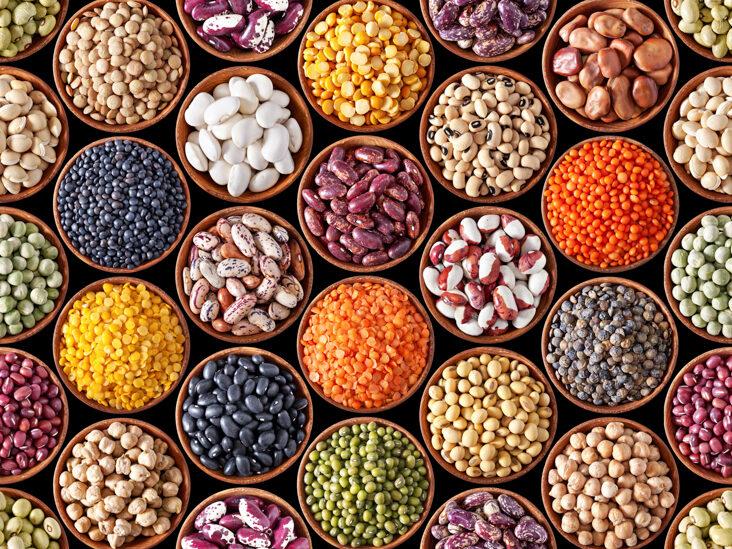
Peas and lentils make hearty and nutritionally dense pureed dishes that can also serve as a thickener or soup base.
Grains:
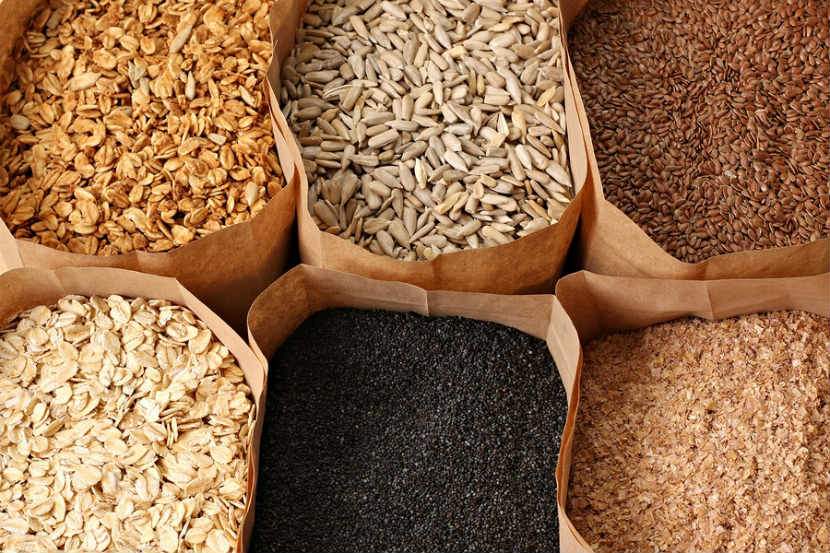
Puréed pasta or rice; cream of wheat, and puréed oatmeal make excellent choices packed with fiber.
Meats and Fish:
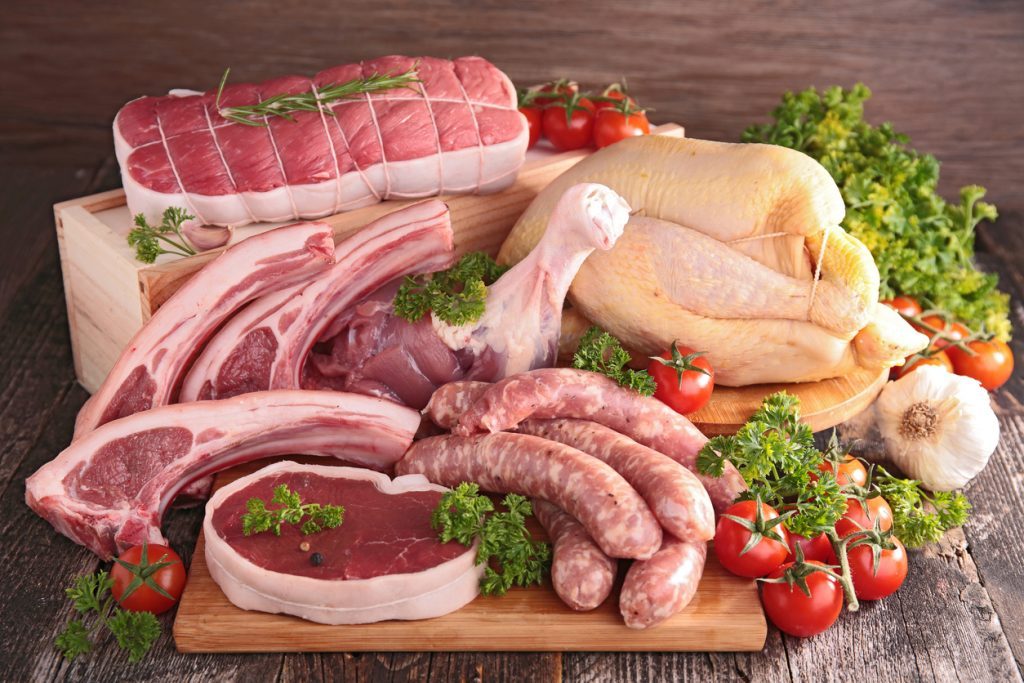
Any cooked meats, fish puréed with liquid, gravy or sauce.
Meal Replacements:

Liquid meal replacement drinks or supplements may be appropriate if directed by your healthcare provider.
Who Needs Puréed Food?
People who follow a puréed diet tend to have one or more of the following:
- Trouble chewing or swallowing (dysphagia)
- Mouth surgery, oral infection, or injury to the mouth or jaw.
-
Bariatric surgery
-
Missing teeth
-
Digestive disorders
-
Dementia or Alzheimer's
- Difficulty moving or have lost feeling in parts of the mouth, such as lips or tongue.
In some cases, when we get dental work or have difficulty chewing and swallowing due to a sore throat for a short period of time it's ok to rely on our favorite soft foods like ice cream or eating diced small pieces of food. However, if the situation is permanent or long-term, it's important to guarantee we receive proper nutrition if we are not able to eat solid foods. If this is the case, please contact your healthcare provider.
What is Dysphagia?
Dysphagia is the medical term for swallowing difficulties. Some people, usually older adults, with dysphagia have problems eating and swallowing solid foods or liquids, while others can't swallow at all.
What causes dysphagia?
The most common causes of dysphagia are neurological damage from stroke, cancer, multiple sclerosis, muscular dystrophy, and Parkinson's disease. These diseases and disorders can affect the throat and esophagus muscles, causing painful or difficult swallowing.
Signs of dysphagia include:
- coughing or choking when eating or drinking
- bringing food back up, sometimes through the nose
- a sensation that food is stuck in the throat or chest
- persistent drooling of saliva
- being unable to chew food properly
- a gurgly, wet-sounding voice when eating or drinking
Over time, dysphagia can also cause malnutrition, weight loss, pneumonia, choking, and repeated chest infections.
How to Ensure a Balanced Puréed Diet?
Ensuring a nutritious and balanced diet is key for a healthy life. You should be ingesting the same amount of calories and nutrients as you would in a regular whole foods diet. A good tip is to regularly monitor your weight and muscle mass to make sure your body is receiving optimal nutrition.
Make sure to incorporate as many different choices from each food group as possible. Try to focus on providing variety in the diet, particularly if the need for a puréed diet is for an extended period of time. This includes fruits, vegetables, dairy, protein, and whole grains.
Consider reaching out to a licensed dietitian who can guide you in this process.
How to adjust to a puréed diet?
The puréed diet should be easy to follow when you're eating at home. Preparing and meal-prepping in advance are simple steps that can help ease the transition into a puréed diet.
However, if eating away from home or traveling, having meal replacements on the go available is always a good idea. If you're away from home for just a short time, you can always resort to on-the-go foods like yogurt, apple sauce, smoothies, or cream soups. Some very soft foods like ripe bananas, well cooked potatoes and avocado can be mashed with a fork until smooth. A small amount of liquid may be added to make the food smooth and moist.
You can also consider purchasing a personal blender—a portable device, about the size of a sports bottle, that allows you to blend food on the go.
Here are some helpful tips while on a puréed diet:
- Have your meals in a quiet place
- Take your time while eating
- Sit upright during mealtimes
- Remain upright after eating for about 30 minutes
- Swallow one mouthful before taking the next
- Remember to stay hydrated
- Carry straws with you while on the go
- Consider investing in a high-speed blender or food processor
- Sip all fluids slowly to prevent nausea and vomiting
- A pureed diet can get old quick, so adding different spices and seasonings can make a world of difference
- Do not buy foods that have added nuts, seeds, fruit or other chunks
- In general, foods that don’t puree well are hard, tough, chewy, crispy, sticky, or have skins or seeds. For example: potato chips, hard candy, popcorn, chewing gum, or nut butters.
- If you are looking for a ready made solution, there are many pre-made meals available.
If you or a loved one is starting a puréed food diet this information can help you make the transition more enjoyable with the right guidance and the right products.
If you have any questions, feel free to contact us and also explore our new nutrition product line.
-------------------------------------
By: Karina Lima
Title: Getting Started with a Puréed Food Diet for Adults
Sourced From: sleeplay.com/blogs/news/getting-started-with-a-pureed-food-diet-for-adults
Published Date: Tue, 12 Oct 2021 16:30:39 +0000
Did you miss our previous article...
https://biohackersnews.com/sleep-health/melatonin-for-children-a-guide-for-parents
.png)





